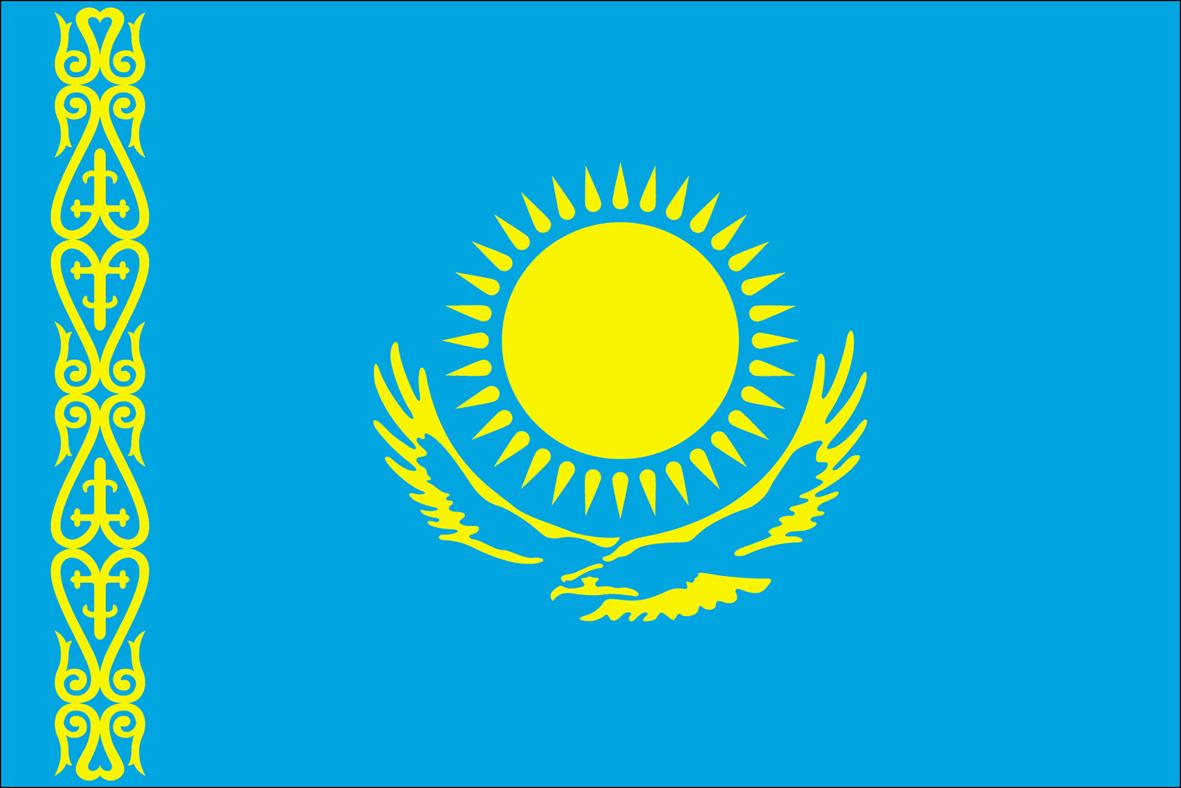The End of the Silk Route
Silk Route trade became increasingly popular with European merchants from the thirteenth century onwards. The Route’s very nature changed as navigators found ways of trading directly with producers in the Far East, cutting out the ‘middlemen’ of merchants who had traversed different parts of Central Asia. As Europe came to dominate trade in the nineteenth century, the traditional form of Silk Road trade was replaced by new methods and technologies, transforming international commerce from east to west.




